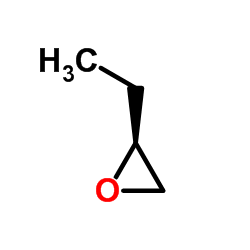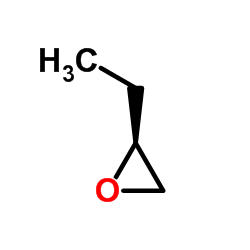| Structure | Name/CAS No. | Articles |
|---|---|---|
 |
3,5-Difluorobenzylamine
CAS:90390-27-5 |
|
 |
(2S)-2-Ethyloxirane
CAS:3760-95-0 |
|
 |
(2R)-2-Ethyloxirane
CAS:30608-62-9 |
|
 |
1,2-EPOXYBUTANE
CAS:106-88-7 |
|
 |
N-(tert-Butyldimethylsilyl)-N-methyl-trifluoroacetamide
CAS:77377-52-7 |